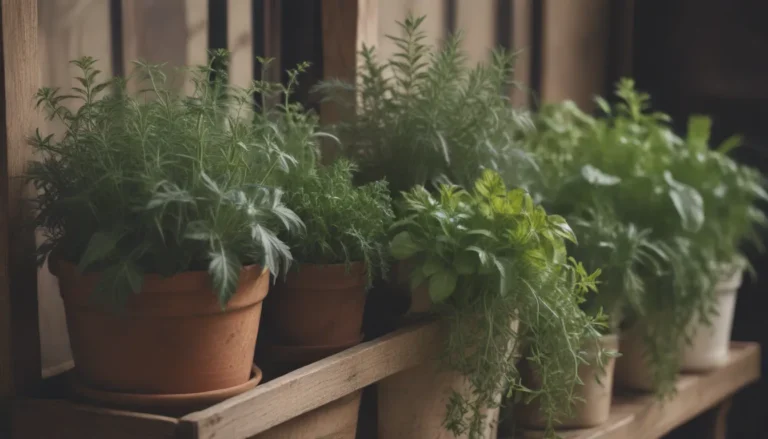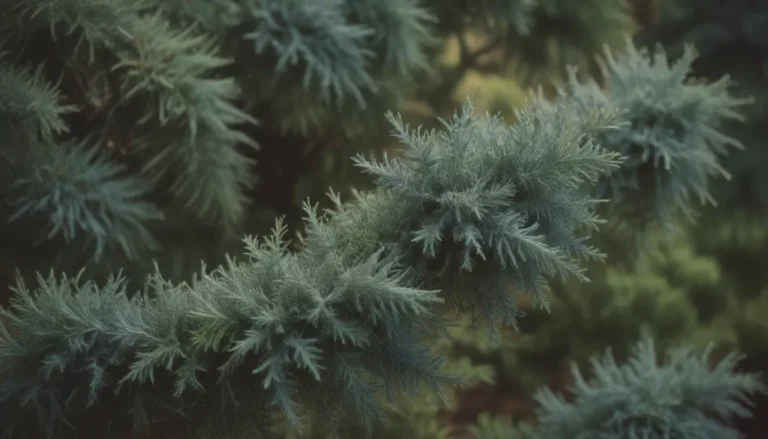Comprehensive Guide: Growing and Caring for Tiger Jaws Succulent

Are you a succulent enthusiast looking to add a unique plant to your collection? Look no further than the tiger jaws succulent! With its striking appearance and easy-care requirements, this perennial succulent is sure to be a fantastic addition to your indoor garden. In this comprehensive guide, we will delve into everything you need to know about growing and caring for tiger jaws succulents, from their origins in South Africa to propagation techniques and common issues to watch out for.
Introduction to Tiger Jaws Succulent
Tiger jaws, also known as Faucaria tigrina, is a fascinating succulent native to the Eastern Cape province in South Africa. This hardy plant features low rosettes of fleshy, triangular leaves with spiny “teeth” along the edges, giving it a ferocious appearance. Despite its intimidating look, the spikes are soft and flexible to the touch. In the fall or winter, tiger jaws may produce beautiful yellow flowers with long, narrow petals, adding a delightful touch to its unique foliage.
While tiger jaws succulents are hardy to zone 9, they are commonly grown as indoor houseplants due to their slow-growing nature. With proper care, these plants can live for many decades and produce numerous offsets that can be replanted during the regular growing season in spring or summer.
Tiger Jaws Care Tips
To ensure your tiger jaws succulent thrives, it’s essential to provide the right growing conditions and care. Here are some key tips for caring for your tiger jaws plant:
Light:
- Tiger jaws succulents are sun-loving plants that require at least three to six hours of bright, direct sunlight daily.
- During the summer, consider moving your plant outdoors to a sunny spot to promote flowering, although indoor plants may not bloom as frequently.
- In the winter, place the plant in a bright location with reduced sunlight exposure.
Soil:
- Use a well-draining, porous soil mix for your tiger jaws succulent, such as a standard cactus mix or a blend of potting soil, pumice, and sand.
- Ensure the potting mix allows excess water to drain to prevent root rot, a common issue with succulents.
Water:
- Be cautious when watering your tiger jaws plant, as overwatering can lead to root rot. Allow the soil to dry out completely between waterings during the fall and winter months.
- Water more frequently but ensure proper drainage during the growing season (late spring through fall) to keep the soil moist but not waterlogged.
Temperature and Humidity:
- Tiger jaws prefer warm temperatures around 68 to 90 degrees Fahrenheit and can withstand brief frosts.
- Maintain moderate household humidity levels between 30-40% to prevent fungal diseases, avoiding excessively humid environments.
Fertilizer:
- Feed your tiger jaws succulent with a diluted 2-7-7 liquid fertilizer during the active growing season (spring through fall) to support healthy growth.
- Avoid fertilizing during the winter months when the plant is dormant.
Types of Tiger Jaws Succulents
While Faucaria tigrina is the most common tiger jaws species, another variety, Faucaria felina, is also grown as a houseplant. Faucaria felina, known as “tiger jaws,” features shorter teeth than its counterpart but is otherwise identical. Some growers consider Faucaria tigrina to be a cultivar of Faucaria felina, known as Faucaria felina ‘Tiger Jaws’.
Pruning and Propagating Tiger Jaws
Pruning:
- Tiger jaws succulents generally do not require maintenance pruning, but remove any brown or mushy leaves to maintain plant health.
Propagating:
- Propagate tiger jaws succulents by separating offsets from the main plant during their active growing period in spring or early summer.
- Follow proper propagation techniques similar to aloe plants and haworthia succulents for successful plant propagation.
How to Grow Tiger Jaws from Seed
While propagating tiger jaws from seeds is less common due to their slow growth rate, you can start seeds in the fall under controlled temperatures for successful germination. Follow these steps to grow tiger jaws from seed:
- Use a well-draining cactus mix or sand as the seed-starter mix.
- Keep temperatures consistent between 70 and 80 degrees Fahrenheit for optimal seed germination.
- Plant seeds just below the surface of the potting mix and provide bright light for seedling growth.
Potting and Repotting Tiger Jaws Succulents
To ensure healthy growth and prevent root rot in tiger jaws succulents, pot them in shallow containers with a coarse cactus/succulent potting mix. Repot the plants every two years or when they outgrow their current containers, ensuring proper drainage and adequate space for growth.
Overwintering and Common Pests
During the winter months, reduce watering frequency to prevent root rot in tiger jaws succulents. Light watering once a month is sufficient, as these plants are more dormant during the colder season. Keep an eye out for common pests like mealybugs and scale, and treat them with suitable insecticides to protect your plant’s health.
Troubleshooting Common Issues with Tiger Jaws
While tiger jaws succulents are generally low-maintenance, they can face a few problems that need attention. Here are some common issues and solutions for tiger jaws care:
Leaves Turn Pale:
- Reduce watering frequency to prevent overwatering, which can cause pale leaves.
- Provide adequate sunlight exposure to maintain healthy leaf coloration.
Leaves Turn Mushy:
- Fungal root rot may be present if leaves become mushy. Remove affected leaves and reduce watering to save the plant from further damage.
By following these care tips and troubleshooting strategies, you can ensure your tiger jaws succulent remains healthy and vibrant for years to come.
Conclusion
In conclusion, tiger jaws succulents are unique plants that add a touch of exotic beauty to any indoor garden. With their striking appearance, easy care requirements, and long lifespan with proper maintenance, these succulents are an excellent choice for both novice and experienced plant enthusiasts. By providing the right growing conditions, regular maintenance, and addressing any issues promptly, you can enjoy the beauty of tiger jaws succulents for many years to come. Whether you’re a succulent lover looking to expand your collection or a beginner seeking a low-maintenance plant, tiger jaws succulents are a fantastic choice that will bring joy and beauty to your home.





